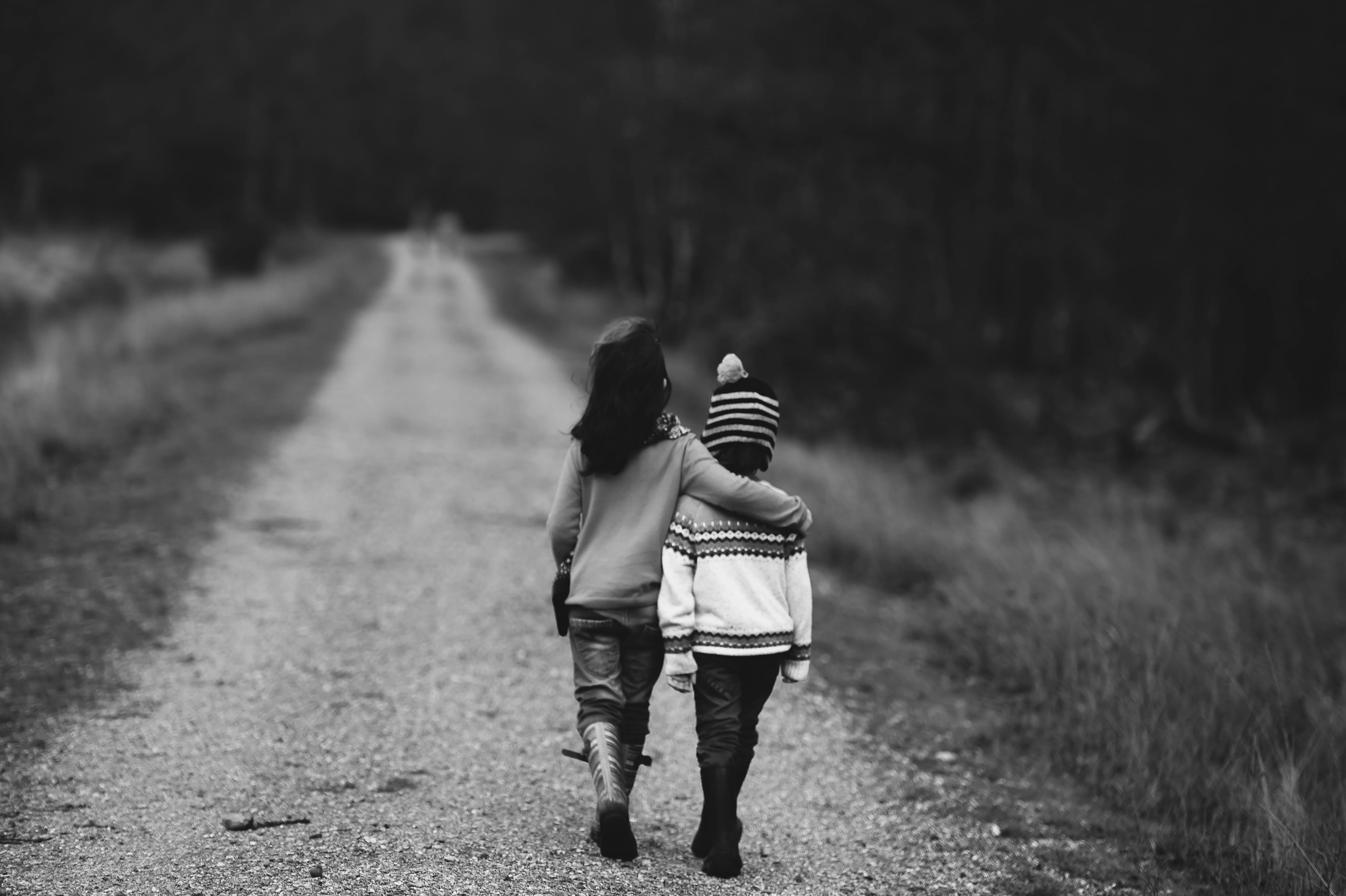
The locals of Thecho in eastern Lalitpur are in a buoyant mood as they are currently celebrating a Navadurga Jatra, a community carnival that comes every 12 years. The elders of the Newa town are busy conducting various nitya pujas as a part of the carnival while children wait patiently for the feast. But, why are they celebrating?
The locals of Thecho believe that the gods and goddesses in temples of Kathmandu valley, like humans, need to revive their energy. Barabarse Navadurga Jatra is one such occasion.
After the celebration of Gathemuga on Ghantakarna Chaturdashi, Shree Navadurga Jatra has already begun in Thecho this year.
Shree Navadurga Jatra in Thecho
Thecho, a small yet historical town in Lalitpur, prides itself on its own unique identity full of cultural activities and rituals. Locals say Barabarse Shree Navadurga Jatra is a part of this. It lasts for eight months every 12 years and consists of 28 key celebrations.
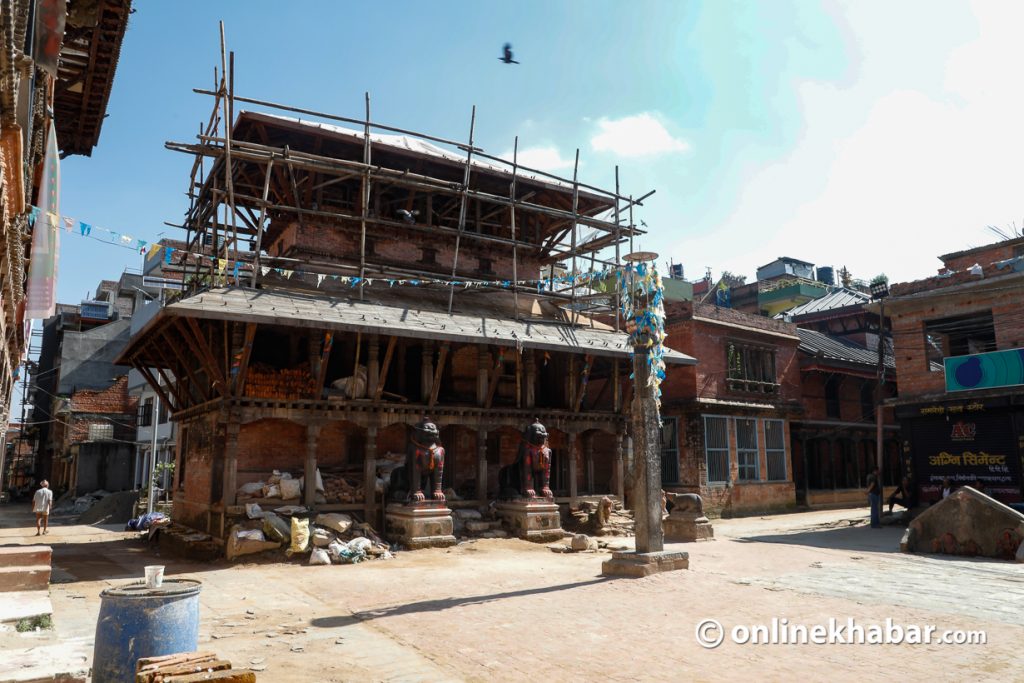
Locals say this jatra (festival/carnival) holds a significant meaning to the devotees and the host of the festival. According to 62-year-old Surya Mali, also an advisor to Shree Navadurga Jatra Management Committee, Navadurga is a group of nine very powerful goddesses who fulfil any wishes of their devotees. The group is commonly referred to as Navadurga, one entity.
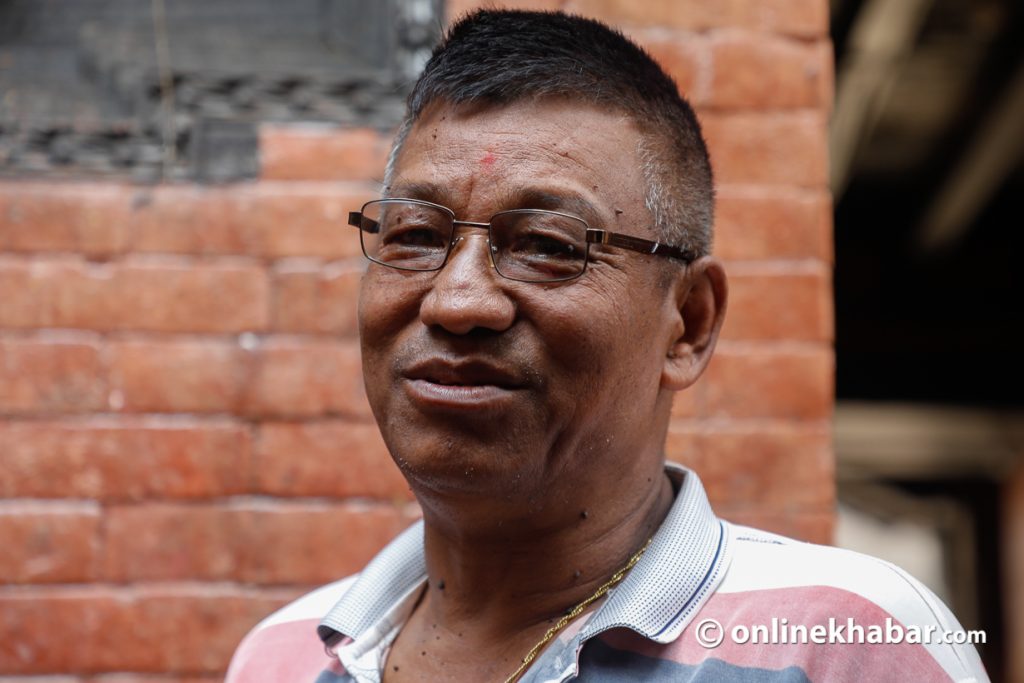
“If one vows in front of this goddess for bali (sacrifice of animal or bird) for the fulfilment of their wish, their wishes have been granted. Moreover, there is a belief that anything belonging to the goddess should not be taken to home. Otherwise, that person has to face the goddess’s wrath.”
So, this is the year when the old masks and costumes of Navadurga Dev Ganas are replaced with new ones, after completing the mandatory rituals. These Dev Ganas (literally, groups of gods) are the people who perform as gods and goddess during the festivities.
Navadurga Dev Ganas play a major role in the festivities of Navadurga Jatra in Thecho. There are 13 Navadurga Dev Ganas — Bhairav, Kali, Barahi, Kumari, Ganesh, Mahadev, Singhini, Byangini, Shwet Bhairav, Brahmanyani, Mahalaxmi, Indrayani and Bishnudevi—who have to perform dances at various places around the Kathmandu valley. However, in Thecho goddess Indrayani’s dance is not performed.
Then, for the upcoming 12 years, the Dev Ganas use the same masks and costumes during the annual festivities of Goddess Shree Navadurga during Dashain and Yomari Punhi.
For the great festival every 12 years, a hut is built in front of the temple that symbolises Brindaban, which is believed to be Navadurga’s birthplace.
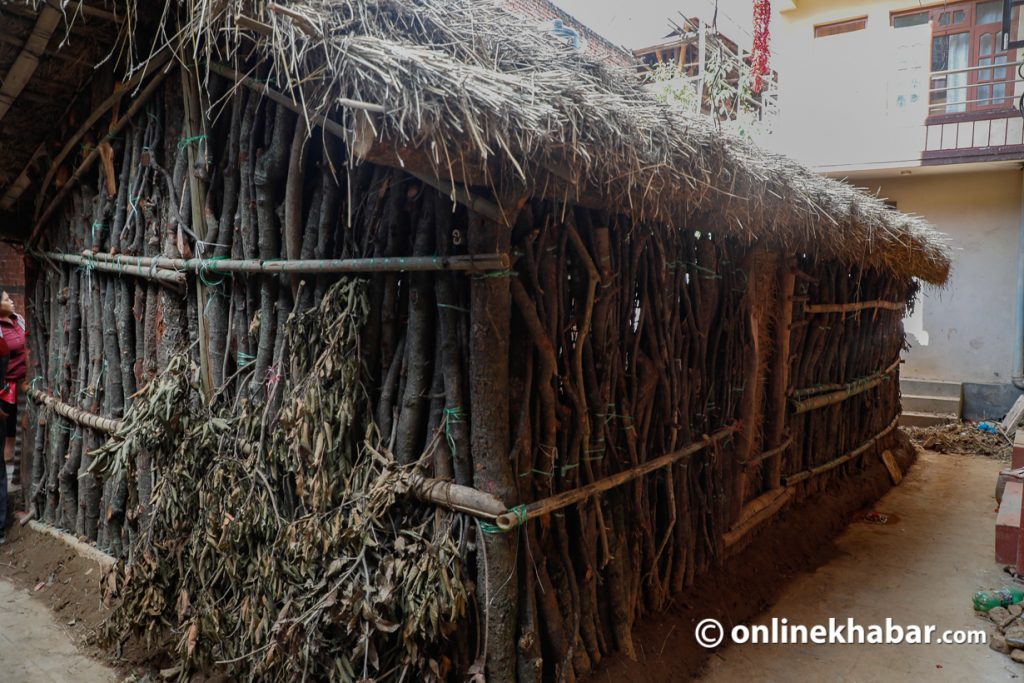
“In the hut, various tantric rituals are performed in the presence of guthiyars (community guthi members) during the jatra. Nobody outside the guthi is allowed to watch the rituals,” shares Gopal Mali, the main priest of the temple.
Moreover, it is only during the celebration of Navadurga Jatra every 12 years that the doors of the temple are closed for a month whereas it is open every other time. The closure ended on August 26.
A lot of rules
Shree Navadurga of Thecho is believed to be one of the powerful goddesses and during the celebration of jatra, locals have to follow certain rules if they do not want to face the wrath of the powerful goddess.
The locals here have been following the rules without any question since ancient days.
Since July 26, the locals are prohibited from organising any auspicious rituals and feasts such as weddings and bratabandhas.

During the period, one is not allowed to sit dangling their legs at resting houses or patis. Likewise, outsiders are not allowed to spend the night in Thecho and the locals should be in their homes from 9 pm to 4 am.
Then, one is not allowed to whistle, clap or ring the bells. From Ghantakarna Chaturdashi to the dance ritual of Dhunkha, the concluding event of the eight-month rituals, other musical instruments are not allowed to be played except for Navadurga Guthi’s musical instruments.
About the prohibition during the jatra, Gopal Mali explains, “It is the time of the year when we perform various tantric rituals to evoke the energy of the goddess. It is believed that the spirit of the goddess roams during this period. Hence, if weak people encounter the goddess’s energy, they might fall sick or even die. So, to avoid any such unfortunate consequences, locals are given strict instructions to follow.”

Annual jatra vs the jatra every 12 years
There are some differences between the annual Navadurga Jatra and the jatra to be held every 12 years. One major difference is the dance performance of Shwet Bhairav, which is mandatory for the jatra to be held after 12 years.
Otherwise, during the annual celebration, it is performed at the request of devotees only, according to Prashant Mali, one of the co-organisers of the festival.
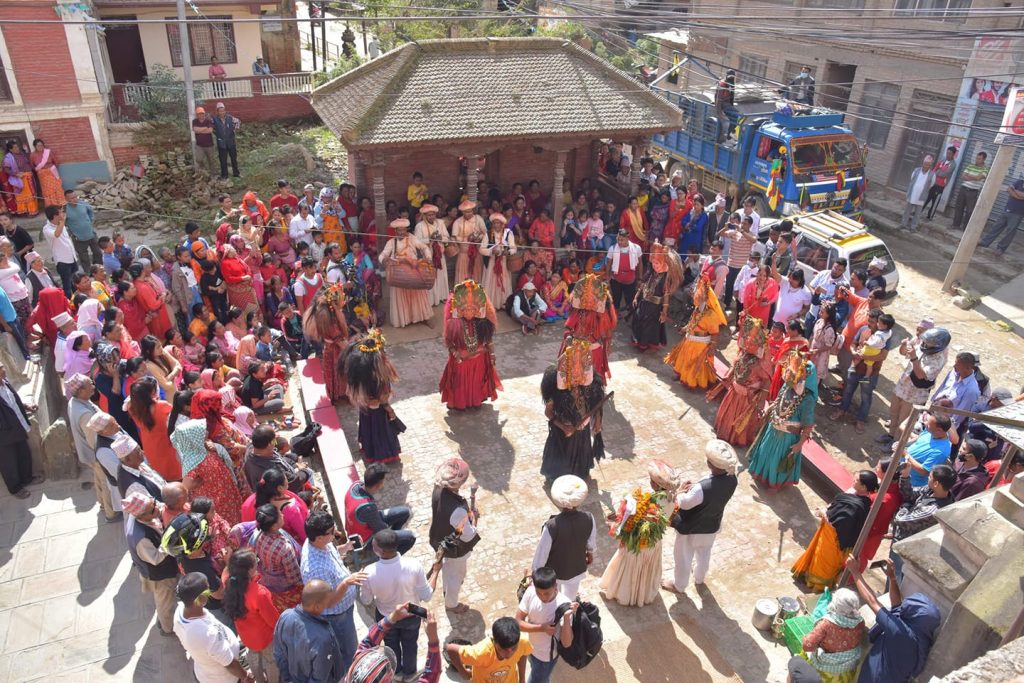
He adds, “There is a belief that during the beginning of the performance if a person gets one-on-one eye contact with the Shwet Bhairav, that person is bestowed with children by the god.”
Moreover, the celebration of the Navadurga Jatra once in 12 years helps to create bonds and harmony among the people in the community. The guthiyars have to give a mandatory feast to the locals of Thecho and Sunakothi. Then, there are more internal feasts within the eight months of celebration.
It is believed that organising the festival brings peace and prosperity to the locals along with the country. More importantly, giving continuity to age-old tradition is to preserve the country’s identity, which is known to the world because of its unique cultural heritage, says Babu Raj Mali, one of the Dev Gana members playing the role of Maha Laxmi.
Communities working together for preserving local culture
Seven guthis of Thecho come together and work together for the Barabarse Navadurga Jatra. Women have a special role. Hira Mali, the coordinator of women volunteers for the festival, shares, “We are around 30 women and whenever the naaya (the leader) asks us to do things related to the festival, we do it without hesitation. Everybody is willing to be part of the jatra and hence they manage their time accordingly.”
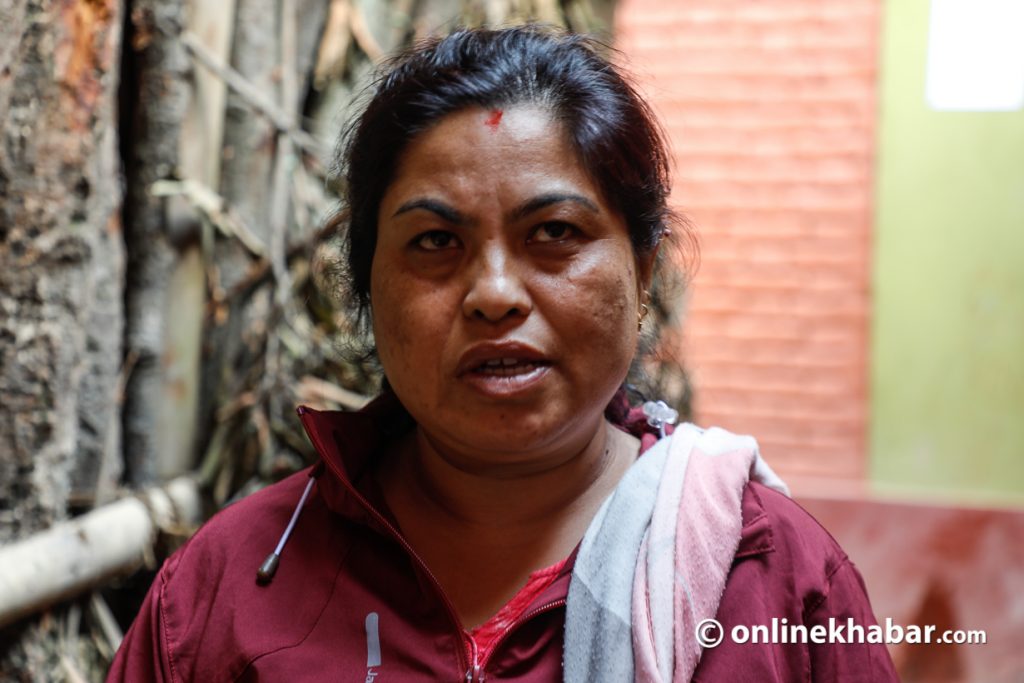
“This is the time when one clears out negativity as well. Those who are not on good terms too keep the harmony and work together building the bond stronger,” she adds.
Not only the women, but young people too have a sense of belongingness towards this festival. Ratna Mali, 35, has also joined the guthi for the jatra this time. “Along with my friends, I joined the guthi so that we could learn about our culture and preserve it for the future.”
Babu Raj Mali, who has been continuing to dance for around 14 years now, says, “I am doing it out of love of my heritage and no one has forced me into it. I will continue doing it till I am healthy enough to dance.”
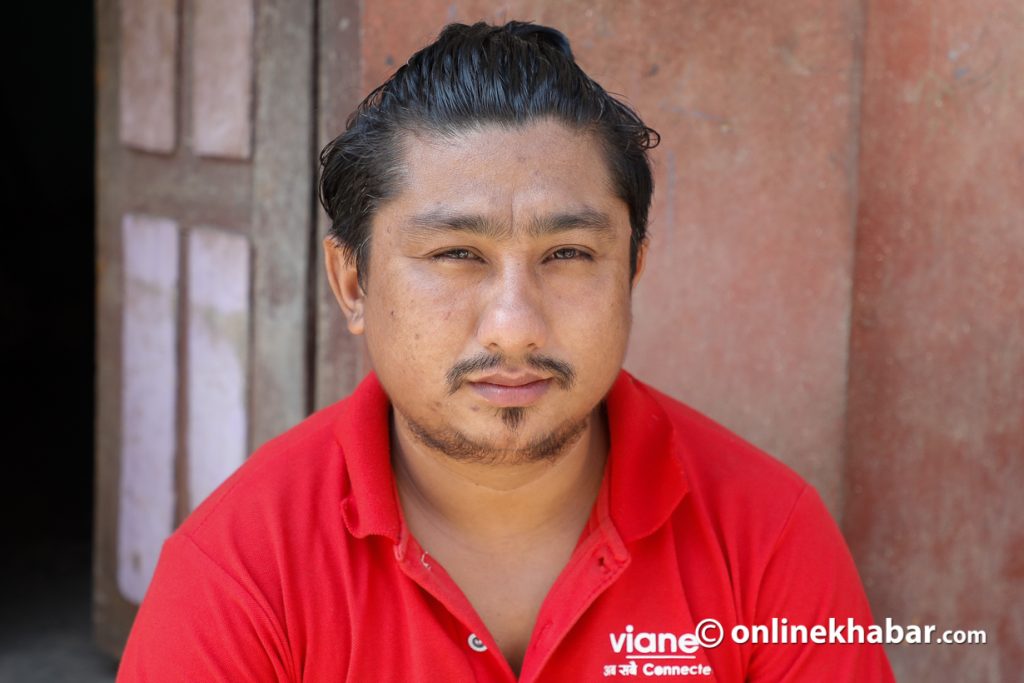
However, locals share they are facing financial difficulties in continuing the festival. Prashant Mali says organising Navadurga Jatra costs Rs 7.5 million, but the locals have got only Rs 5 million from the local government of Godavari municipality. They have also talked with President Bidya Devi Bhandari, and she has promised them that she would support them, he says, “We are hopeful.”






